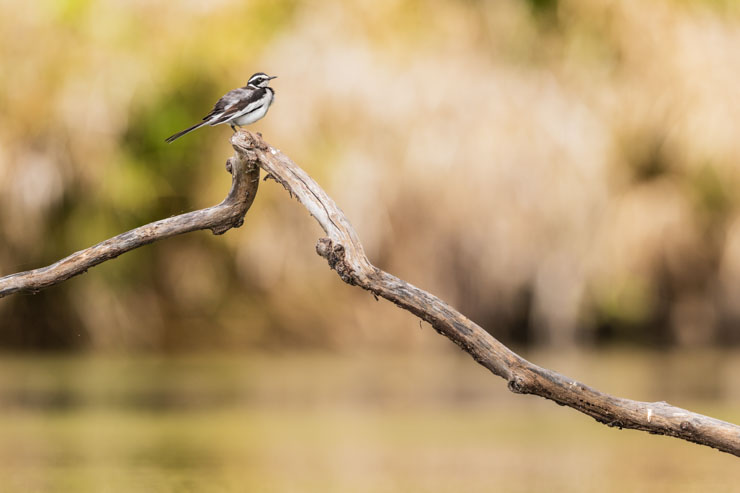
The advent of written communication in ancient times facilitated a surge in record-keeping. Ancient scholars and intellectuals wrote down every minuscule detail of medieval life swirling around them, including – you guessed it – birds. These written records persevered in places that survived conquest, extermination, and deliberate erasure. Some may have been in fragments that were later pieced together, while others were periodically revised and republished over the course of centuries.
It’s not common knowledge that birding was a thing back then, and maybe there wasn’t a rare bird alert system in place yet – but where there are birds, there will invariably be people who will look at them. In this quiet, medieval setting of ancient Rome, a bird was described by Varro Reatinus as “quod semper movet caudam“, or one “which always wags its tail”. In ancient Greece, Hesychius of Alexandria makes several references to this same, clearly affable bird that curiously swished its tail as it went about its business.
Various words ultimately combined and were condensed to “motacilla” or “little shaker”; in its contemporary form we have Motacillidae, or the family of pipits and – surely you must have already known by this point – wagtails.
Within this family there are many genera spread about the globe, with “Motacilla” reappearing as the group of pure wagtails, including the ones that captivated human eyes centuries ago. I’ve not done a whole lot of birding in Europe, but I did cross paths with a few White Wagtails while in Portugal last year – which remains one of the best-studied birds on Earth. I sat on a bench and looked at a pair of the formally clad birds poke around among a small group of Eurasian Magpies, not unlike my bird-loving predecessors. The three wagtails mentioned in the title of this post, however, are referring to the three resident African wagtails.
Many folks visiting the African continent will come into contact with the fairly ubiquitous and distinctive African Pied Wagtail. As many members of its family are, this species is relatively tolerant of human activity, and can often be seen within city areas. They typically prefer more humid and moist areas, as a significant portion of their diet consists of small invertebrates that also depend on bodies of water. The African Pied Wagtail is the only purely black and white wagtail on the continent.

An African Pied Wagtail perched over a river, Tsavo West National Park.
It seems as though the Mountain Wagtail was named for where it was only occasionally found, as it turns out this bird isn’t entirely discerning when it comes to altitude. The key to its existence lies not in how many metres the land lies above sea level, but how steep the gradient is. Water is also essential to the existence of the Mountain Wagtail; it is almost always found near rocky, fast flowing streams with waterfalls – a feature no doubt made possible by sheer slopes. The Mountain Wagtail has a disjointed distribution across south, east, and west Africa, where it can be reliably differentiated from other resident wagtails by its narrow, and rather elegant, black necklace on a pure white and grey body.
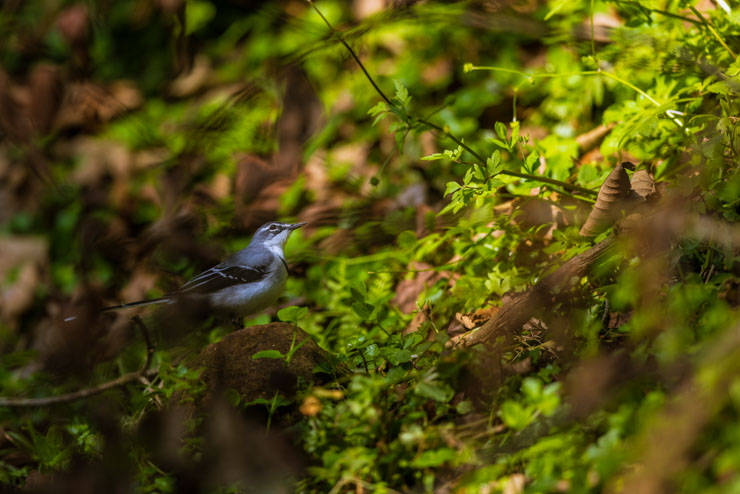
A Mountain Wagtail on the slopes of an actual mountain: Mount Kenya.
As its name implies, the Cape Wagtail occurs throughout southern Africa, where it can be found near water. Much like the African Pied Wagtail, the Cape Wagtail often ventures near villages and gardens wherever there is water – but it is this accepting only in this part of its range. Further north, it tends to avoid urban areas, instead preferring to prowl river banks and forested streams along with rural wetland ecosystems. While the Cape Wagtail can be seen along coastlines at the southern end of its range, at the northern end of its distribution it tends to occur only in the highlands. In Kenya, for example, it is only reliably found above 2000m in the central highlands.
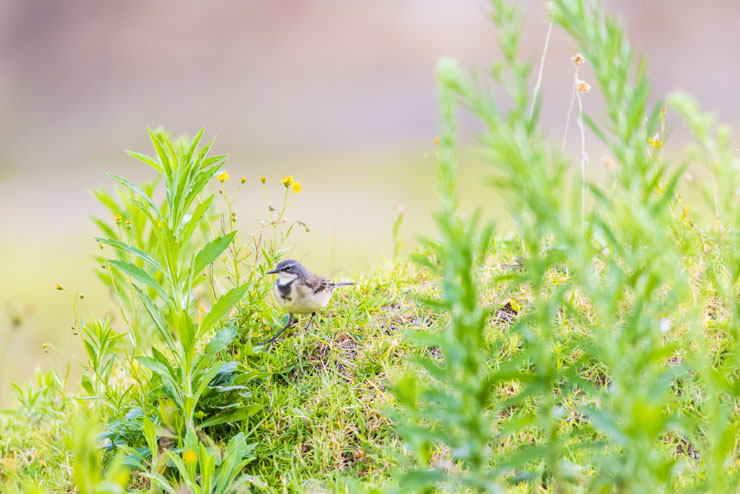
Not in the cape, but still a Cape Wagtail, Kinangop.
Palearctic migrant wagtails supplement this selection during the boreal winter, many of the additions being in drab, winter plumage for most of their stay on the continent. Please see David’s excellent piece covering several varieties of wagtail here. Regardless of species, wagtails are all charismatic and engaging little birds that also give us a good indication of aquatic ecosystem health. Their confidence and adaptability undoubtedly continues to serve them well as their populations are relatively stable, all but two wagtails are evaluated as Least Concern. Also, special mention must be made of good ol’ Willie-wagtail which, sadly, isn’t a wagtail at all.
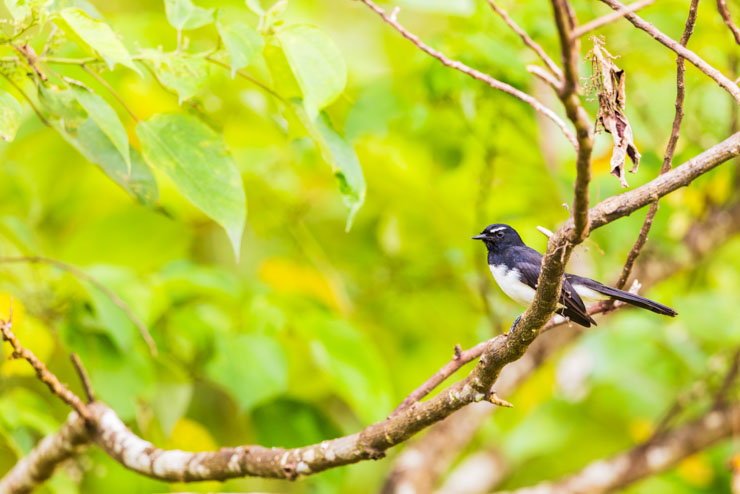
The Willie-wagtail is actually a fantail – slight difference – a family distributed throughout Australasia and South Asia. I’m also not sure where the “Willie” part comes from, but we can theorise.


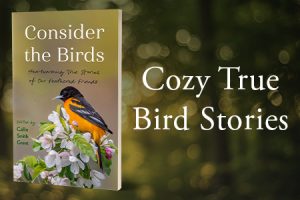

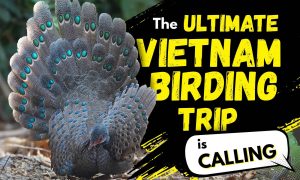

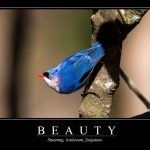
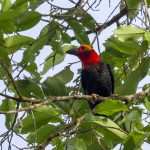
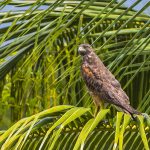
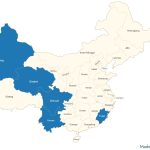
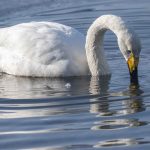
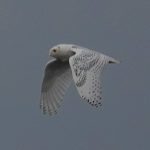
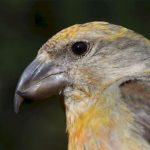
Wagtails and pipits. Just brilliant.